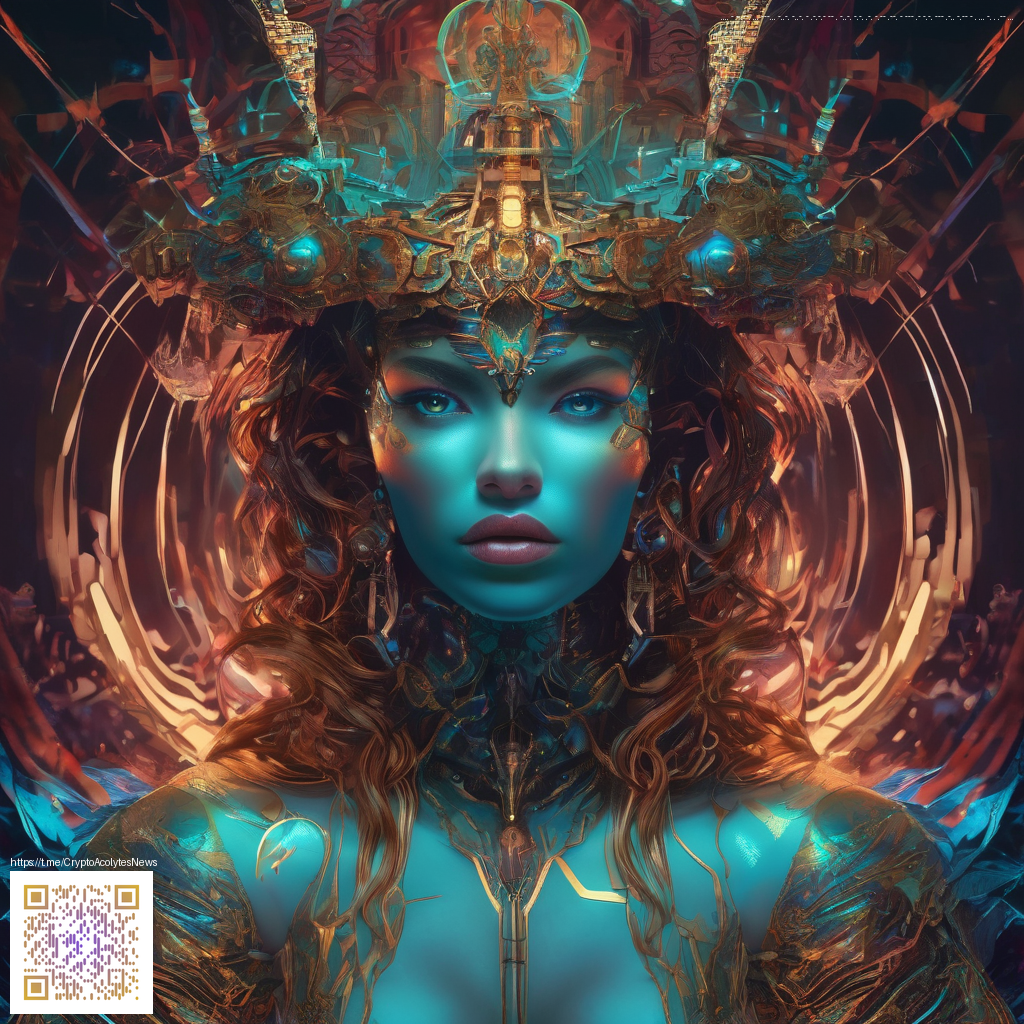
Cyberpunk as Culture: The Neon Dystopia That Shaped Today's World
Cyberpunk began as a speculative lens—stories where megacorporations loom over crowded megacities, where chrome and circuitry blur with organic life. But over the decades, it has grown into a cultural movement that informs how we design, dress, and talk about technology. It isn’t merely the neon-lit futures of fiction; it’s a way of decoding urban life, power, and possibility in an age of rapid change.
What cyberpunk culture is really about
At its core, cyberpunk interrogates the friction between individual agency and systemic control. It thrives on contrasts: high tech and low life, gleaming interfaces and gritty alleys, limitless data and intimate surveillance. This tension resonates beyond novels and films. It becomes a framework for understanding how people navigate dense urban environments, how communities adapt when institutions falter, and how identity can be reconstructed when traditional systems fail.
“The street-level experience of technology,” as one reader might put it, is where cyberpunk lives—in the way people hack, improvise, and survive when the rules aren’t stable.
From fiction to everyday life
Cyberpunk has a knack for leaking into daily culture. Fashion borrowed from neon signage and industrial textures, yielding practical aesthetics: distressed leather, reflective coatings, and utilitarian silhouettes that look equally at home on a crowded subway car or a conference stage. In music, sludge-laden synths and glitchy percussion echo the tempo of networked cities, while streetwear brands channel the utilitarian vibe of mesh, Kevlar, and modular hardware. This is culture with an edge: a tactile reminder that technology isn’t abstract—it’s worn, touched, and experienced on the body.
Design language and the urban imagination
Architects and designers have embraced cyberpunk’s language of layered realities—transparent layers of glass and mesh, embedded lighting, and modular systems that can be reconfigured on the fly. Public spaces increasingly prioritize permeability and flexibility, mirroring the kinetic mood of a world where software updates can rewire everyday life. The result is not a retreat into fiction but a translation of fiction into tactile, workable environments.
Tech, ethics, and the new frontier of identity
Cyberpunk’s most enduring conversations revolve around data, control, and the self. As devices become intimate extensions of our bodies and minds, questions about privacy, autonomy, and consent move from abstract debates to daily concerns. The culture asks hard questions: Who owns our attention? How do we protect human dignity in a landscape of pervasive monitoring and algorithmic decision-making? The answers aren’t black-and-white, but the questions themselves are now central to how we design tools and laws.
Hacking as a civic practice
Beyond entertainment, the cyberpunk ethos has inspired real-world skills and communities. Hacking, modding, and peer-to-peer collaboration embody a DIY spirit that challenges centralized control. Open-source software, maker culture, and grassroots safety networks trace a lineage back to cyberpunk’s suspicion of monolithic power—an invitation to reimagine innovation as a collective, inclusive act rather than a closed corporate prerogative.
Cyberpunk aesthetics today: seeing the world through a neon lens
The neon-drenched visuals of cyberpunk have become shorthand for a modern urban mood: rain-soaked streets, holographic signage, and the glow of screens that never sleep. This aesthetic isn’t about escapism; it’s about making sense of a world where digital layers overlay physical space. Artists and creators use that glow to highlight marginal voices, to suggest futures that aren’t utopian but complex, and to remind us that beauty can arise from unease.
- Urban resilience: how people improvise systems to cope with overcrowding, climate stress, and resource scarcity.
- Human-tech hybridity: the evolving relationship between bodies, implants, and augmented perception.
- Decentralized networks: communities that organize, share, and protect information outside traditional gatekeepers.
In contemporary media, cyberpunk stories aren’t retreating from critique; they’re sharpening it. They push designers to consider accessibility and empathy when deploying powerful technologies. They push policymakers to think beyond gadgets and toward social outcomes. And they push all of us to reflect on how we want to live in a world where the neon is beautiful and the street-level realities are real.
Why cyberpunk as culture still matters
Cyberpunk persists because it reframes our anxieties and aspirations in the same breath. It invites vigilance about who profits from technological advances and courage to imagine alternative paths. It also offers a language for belonging in a future that feels both inevitable and uncertain. When we speak of a “neon dystopia,” we aren’t resigning ourselves to despair—we’re naming a cultural terrain where innovation and resistance co-evolve, where imagination becomes a toolkit for shaping tomorrow.
Key takeaway: cyberpunk as culture is less about predicting a fixed future and more about empowering the present—to design, to challenge, and to keep wonder alive in the glow of the next wave of technology.